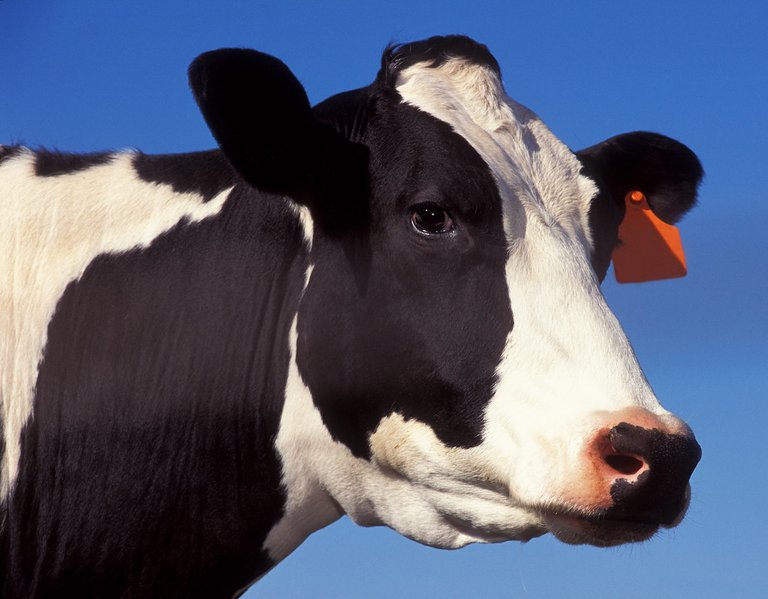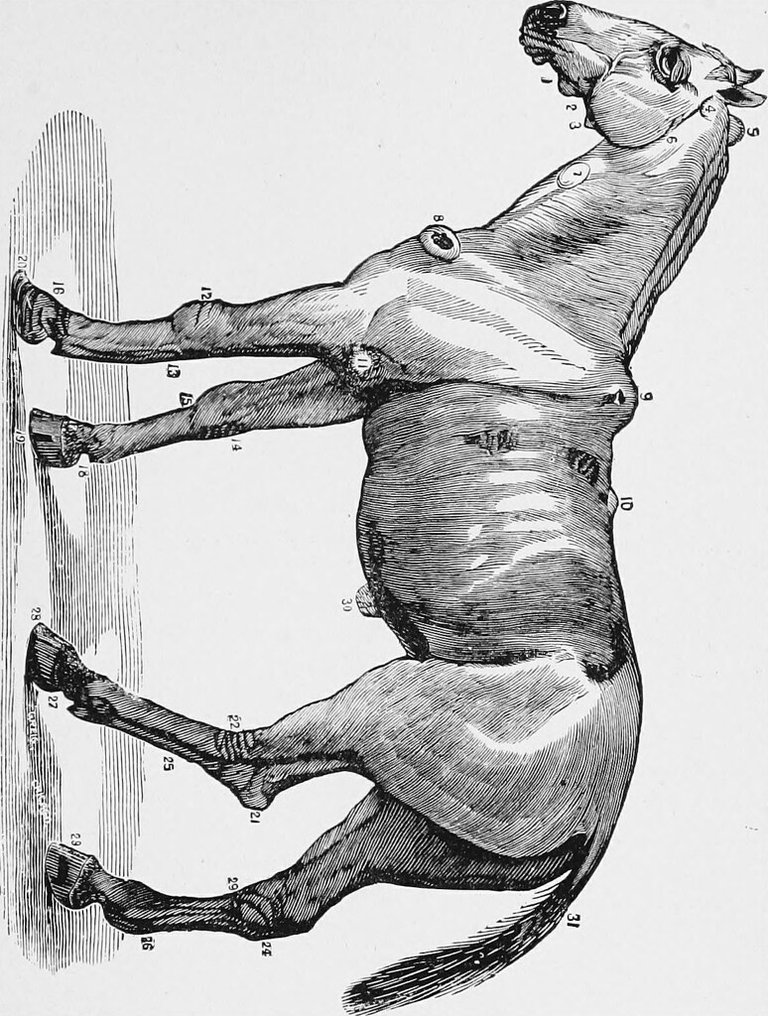Effect of Black Quarter Disease on Livestock.
While I love to talk about pets on this page, I also remember the strong need to mention how other farm animals can be affected by some diseases and how they can be controlled. Although some of these farm animals are rarely seen as pets in some homes, it is more common to find them on farm animals.
Today's topic has to do with an infectious bacterial disease that has its eyes on livestock. They can greatly multiply in infected livestock as well as produce a significant amount of toxin that will cause the disease.
The black quarter is an infectious bacterial disease which is caused by Clostridium chauvoei, this is a gram-positive bacterium with a rod shape, an anaerobic which can produce environmentally persistent spores when conditions are unfavorable.

flickr.com
The spores formed could remain in the soil for a very long time, for as long as years in an inactive form, it will then return to its infectious form when it is consumed by grazing livestock, and then infect large muscles of the animal, where the bacteria tends to grow and then produce gas in a large amount.
When a pasture is contaminated, it serves as a predominant source of organisms, which are also naturally found in the intestines of animals, apart from a contaminated pasture the disease can also happen for years, and one thing about these spores is that, once they find their way into the environment, it becomes extremely difficult for them to get removed from the environment.
Most often, the onset of blackleg is usually sudden and a few animals may be found dead without displaying any premonitory signs. In some cases, acute, and severe lameness mostly affecting the hind legs, and marked depression are common signs.
Initially, there is a display of fever, but by the time clinical signs become obvious, body temperature may become either normal or subnormal.

flickr.com
At the first instance, the swelling is usually hot, focal, and painful and in some rare cases, the tongue can also get affected and could protrude. As the disease progresses rapidly, the swelling becomes enlarged, there comes crepitation on palpation, and then the skin also becomes cold and insensitive, with a reduced blood supply to the areas affected. General clinical signs come in the form of tremors and prostration, and death occurs within 12-48 hours.
Diagnosing the presence of a black quarter in animals is done through physical examination and confirmation of gram-positive rods in the slide made from serious fluid from the site. During the time of post-mortem examination, diagnosis is often made very fast as the muscle affected is generally mottled with black patches.
The patches produced are an indication of dead tissue, destroyed by the toxins released by the bacteria when a live tissue is infected. When viewed under a microscope, it is the appearance of a rod-like bacteria that can be visualized to confirm diagnosis.
Vaccination is a great method of control of blackleg in animals, the help of a multivalent vaccine that contains C.chauvoei, C.septicum, and where needed C novyl antigens are safe and reliable for both sheep and cattle. Calves that are two months old, would need to be vaccinated twice, four weeks apart, and after that, it should be followed by annual boosters before the anticipated danger period.
In the case of an outbreak, every susceptible cattle needs to be vaccinated and treated prophylactically with the administration of penicillin, this will help to prevent every possible occurrence of a new case for as long as 14 days.
Vaccination is always the best case here as treatment is often unsatisfactory as a result of the rapid progression of the disease, however, penicillin has remained the right chronic drug for treatment. The only time that we have a form of effective treatment is during the early stage of the infection and as a form of control measure.
Thanks for your contribution to the STEMsocial community. Feel free to join us on discord to get to know the rest of us!
Please consider delegating to the @stemsocial account (85% of the curation rewards are returned).
Thanks for including @stemsocial as a beneficiary, which gives you stronger support.